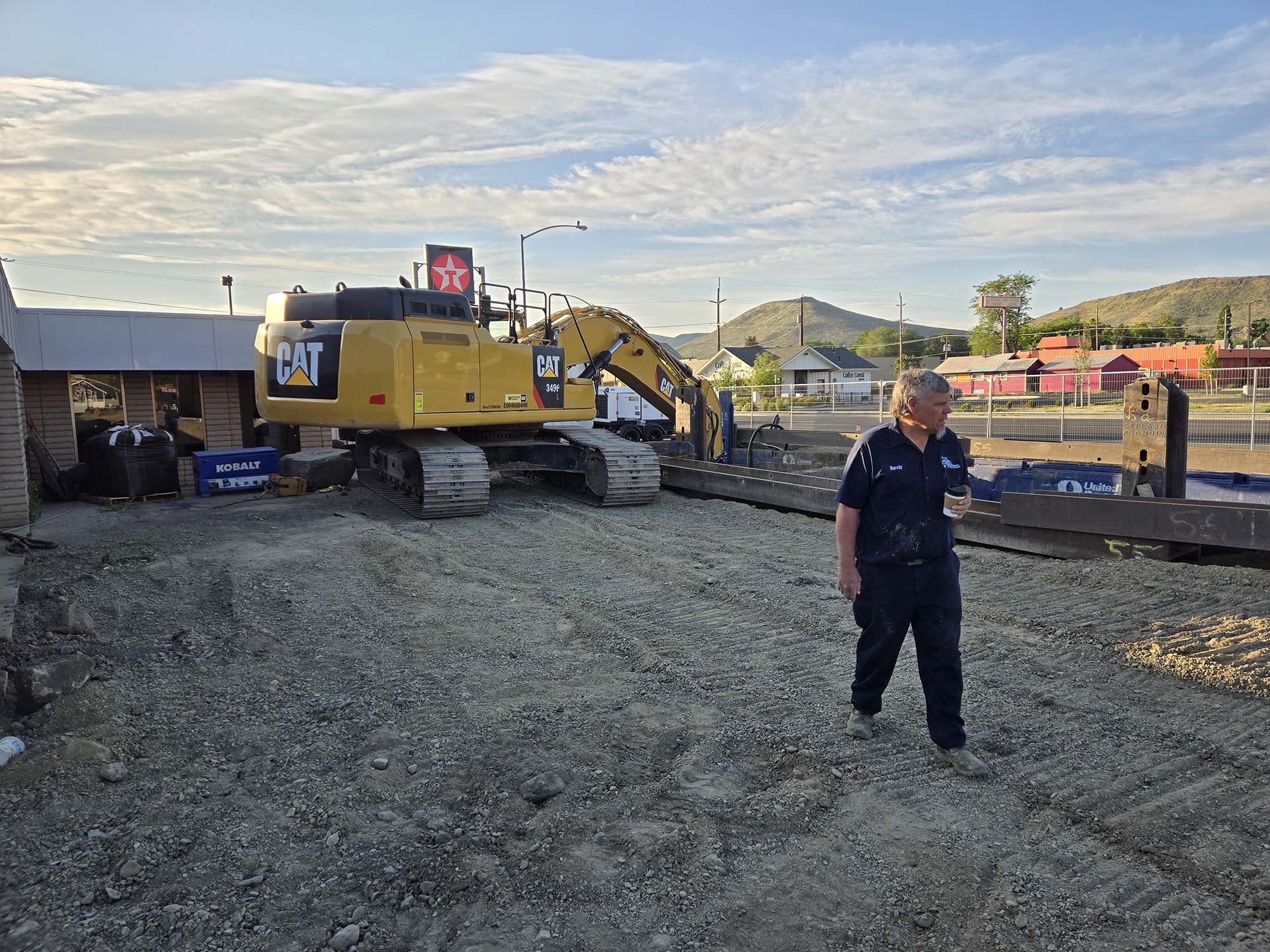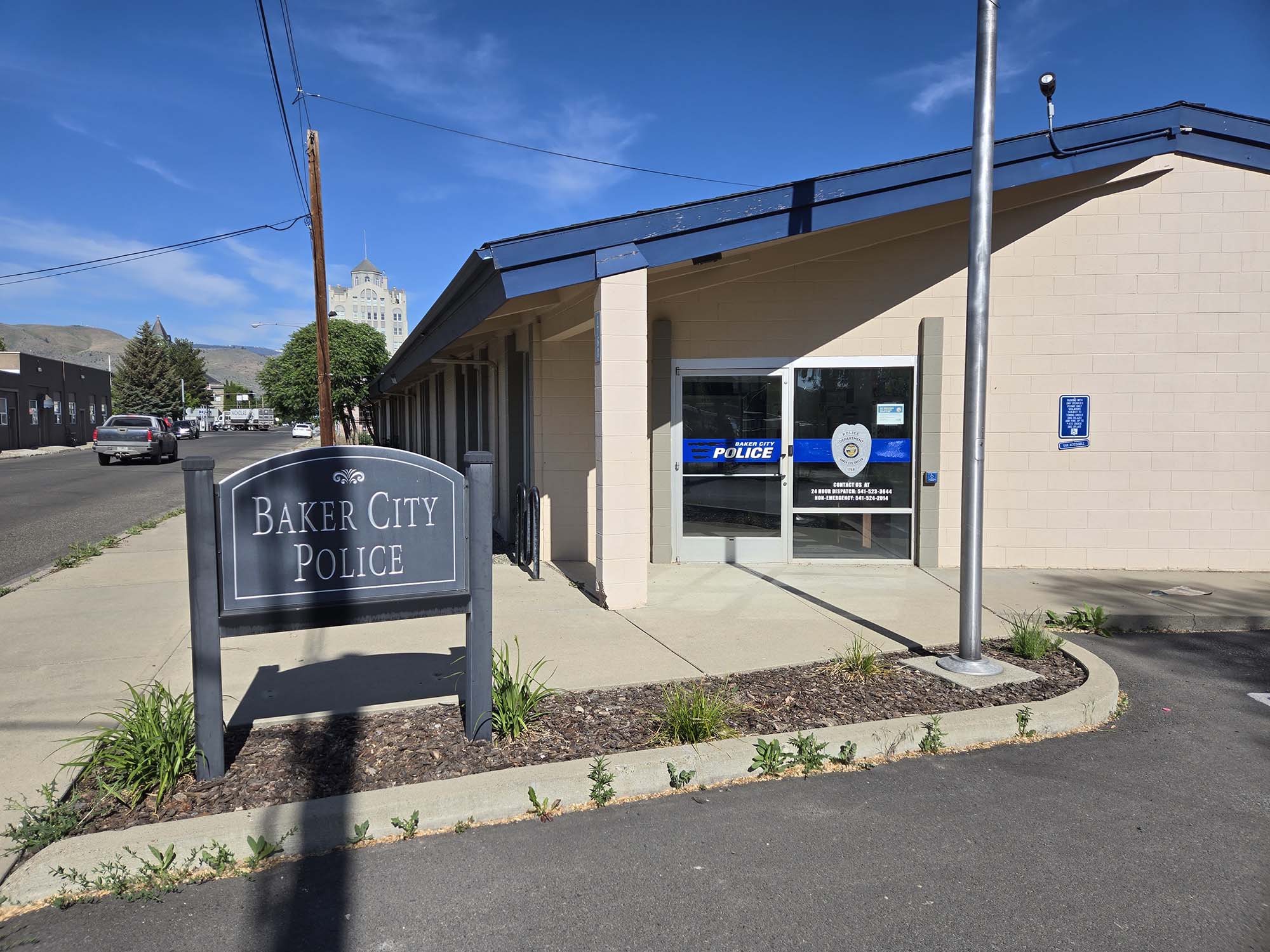COLUMN: Coyote chorus in the night, foxes and other urban wildlife encounters
Published 7:04 am Tuesday, September 24, 2024

- Jacoby
I awoke in the dark to the maniacal yips of distant coyotes.
In that moment, as I lay beneath the comforter and listened to one of the great songs of the wild, my bedroom walls seemed almost to disappear.
I felt as though I were in my down sleeping bag, separated from the night, and the coyotes, by only the gossamer nylon of a tent.
The coyotes ended their chorus.
The illusion dissipated.
I flipped my pillow to the cool side and slid back into sleep.
I probably would have missed the canine serenade except that summer had reasserted itself after a week or so of moderate temperatures.
The previous day, the first full day after the equinox, it was in the low 80s. The day held much of its heat even after sunset, and for the first time in several days I had left the bedroom window open about halfway.
I relished both the cool night breeze, which I expected, as well as the yelping of the coyotes, which I did not.
I know, of course, that the wild desert dogs roam close to town and, no doubt, often beyond the city limits.
Coyotes are the ultimate omnivores, and the smorgasbord that human settlements provide, from succulent trash to bowls of dog food to wandering cats, is a powerful lure.
But it had been some long time since I had heard the inimitable sound of coyote communication from my home.
I was reminded, too, of how fortunate I am to live in a place where nature and human society share such close, and generally comfortable, quarters.
I remembered a few other wildlife episodes, all within the previous week or so, that were compelling enough that I had taken photographs.
The first happened along the westerly section of Indiana Avenue, near where the street meets Reservoir Road at the city’s hilly southwest corner.
In the pasture south of Indiana, as I stepped onto the sidewalk, I glimpsed movement in my peripheral vision. I stopped and turned, and was enchanted to see a red fox gliding, with its elegant gait, through the grass.
Foxes, it seems to me, have the grandest of all mammalian tails.
The animal — I know little of foxes and couldn’t say whether it was a male or a vixen — was perhaps 150 feet away. I suppose the fox had seen or sensed me, but its focus, as typical with wild animals, was on food.
As I watched, the fox made the sort of leap that nature videographers and photographers sometimes wait hours or days to see.
The fox arched its back as it jumped, plunging almost straight down as it tried to grab what I assumed was a ground squirrel before the rodent could reach the safety of its tunnel.
The move was pure ballet.
The fox must have missed because it didn’t immediately trot away with something in its mouth.
I wondered what the usual success rate is for such maneuvers.
A few days earlier, while walking in a different neighborhood, I saw a mule deer fawn sprint across the street just in front of me.
I turned to watch and saw a doe standing in a yard.
I expected the usual mother-child reunion, perhaps a quick lick from the mom.
But instead the fawn went for the udder with such enthusiasm that the doe was momentarily knocked off balance.
I chuckled to myself at the comical scene.
And although I don’t as a rule indulge in anthropomorphism, I imagined the doe reacting as only the mother of a toddler can, a mixture of exasperation and love.
Both the fox and the deer encounters were singular.
But I frequently watch the pair of Swainson’s hawks that have a nest at the top of a fir tree near my home.
Their distinctive squawks are so common that I scarcely notice them when I’m puttering around in the yard.
I suspect the neighborhood squirrels are not so sanguine.





